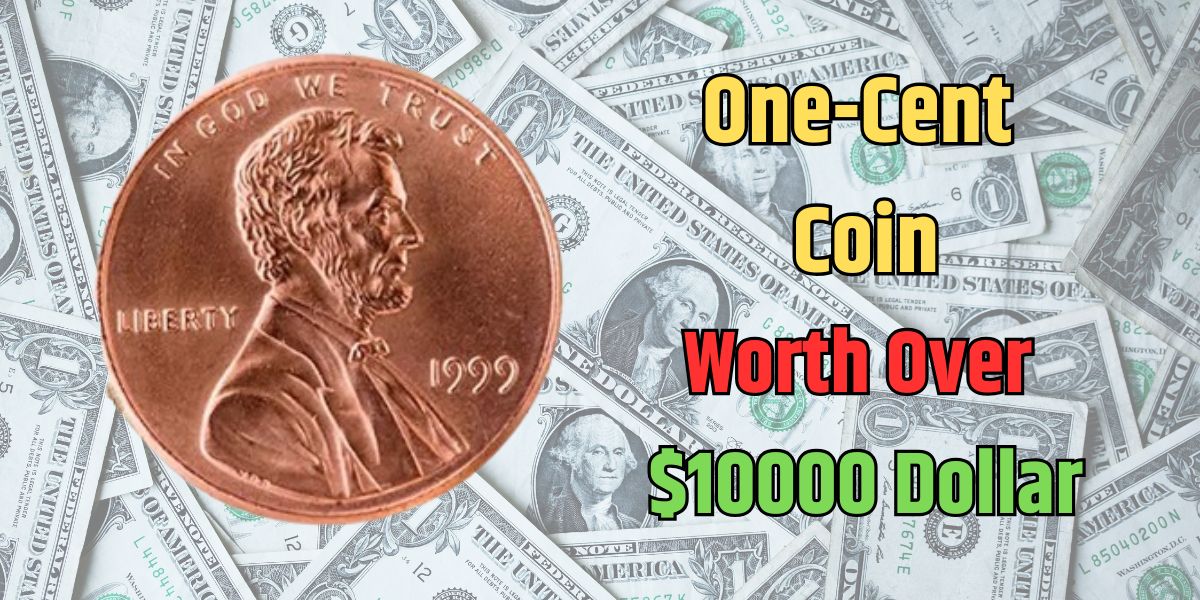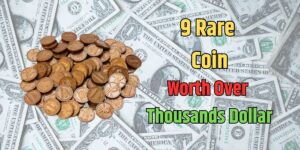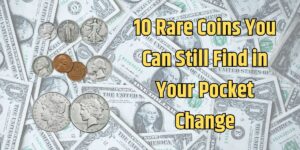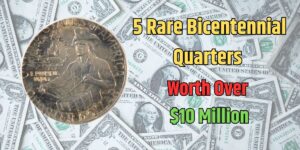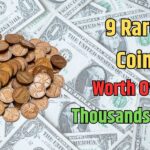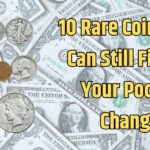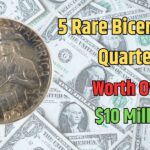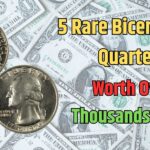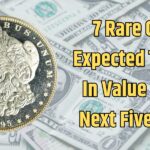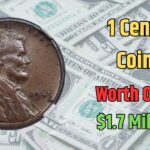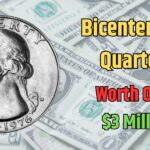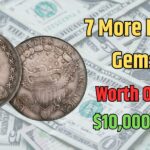The 1971 penny may look like an ordinary coin, but certain variations can be worth hundreds or even thousands of dollars due to unique minting errors and other factors. For collectors and numismatists, these pennies are fascinating artifacts of U.S. history and a potential source of financial gain. By understanding what makes the 1971 penny valuable and how to identify rare examples, you may discover a hidden gem in your spare change.
What Makes the 1971 Penny Valuable?
Several factors contribute to the value of the 1971 penny, with the double die obverse (DDO) error being the most significant. Other elements, such as condition, composition, and historical significance, further enhance its appeal.
1. Double Die Obverse (DDO)
The 1971 penny is most valuable when it exhibits a double die obverse error, caused by a misalignment of the die during the minting process. This results in a noticeable doubling of design elements, such as:
- The date “1971”
- The word “LIBERTY”
- The motto “IN GOD WE TRUST”
Due to the rarity of these errors, DDO pennies are highly sought after by collectors. Their value depends on the visibility of the doubling and the coin’s overall condition.
2. Condition
The coin’s condition plays a critical role in determining its value. Pennies in mint or near-mint condition with minimal wear can fetch significantly higher prices. For example:
- Heavily worn coins: $1,000–$2,000
- Uncirculated coins: Up to $10,000
Scratches, blemishes, and wear patterns affect market value, making professional grading essential for high-value coins.
3. Composition
Like most pennies minted before 1982, the 1971 penny is composed of 95% copper and 5% zinc. While its intrinsic metal value is modest, the coin’s collectability is boosted by the DDO error and its historical context.
4. Rarity and Historical Significance
Although millions of pennies were minted in 1971, only a small percentage exhibit the DDO error, making them rare finds. Additionally, the economic turbulence of the 1970s adds historical significance, as these coins represent a unique period in American history. Designed initially by Victor David Brenner and later revised by Frank Gasparro, the 1971 penny reflects over a century of artistry and cultural importance.
Factors That Determine the Value of a 1971 Penny
| Factor | Description |
|---|---|
| Condition | Mint or near-mint coins are worth more, while wear and tear reduce value. |
| Minting Error (DDO) | The presence and clarity of the double die obverse error significantly increase value. |
| Rarity | Fewer DDO pennies make them scarce and more valuable to collectors. |
| Certification | Grading services like PCGS or NGC can enhance a coin’s value. |
| Market Demand | High demand for error coins drives up prices. |
How to Verify Your 1971 Penny
If you believe your 1971 penny is valuable, follow these steps:
- Examine for Errors: Look closely for signs of doubling in the date, “LIBERTY,” or “IN GOD WE TRUST.”
- Use a Magnifier: A magnifying glass or microscope can help detect subtle errors.
- Consult Grading Services: Submit your coin to a reputable service like the Professional Coin Grading Service (PCGS) or the Numismatic Guaranty Company (NGC). These organizations certify authenticity and assign a grade based on condition.
- Avoid Cleaning the Coin: Cleaning can reduce a coin’s value by damaging its surface.
Where to Buy and Sell Rare Coins
Once you’ve verified your 1971 penny’s rarity and condition, consider selling it through one of these trusted platforms:
- eBay: A popular marketplace for coin collectors. Research similar listings to price your coin competitively.
- Heritage Auctions: Specializes in rare coins and collectibles, attracting passionate buyers.
- GreatCollections: An online auction platform known for high-value coin sales.
- Local Coin Dealers: Provide quick appraisals and potential sales opportunities. Seek multiple appraisals to get the best deal.
Historical Context of the 1971 Penny
The 1971 penny was minted during a time of economic uncertainty in the United States, marked by inflation and shifting currency values. While the design remained consistent with earlier versions, including Brenner’s iconic Lincoln portrait, the DDO error set this coin apart. Errors like this make the 1971 penny not just a collector’s item but a piece of history, symbolizing both human error and artistic achievement.
Tips for Selling a 1971 Penny
To maximize the value of your 1971 penny:
- Obtain Professional Grading: A certified grade from PCGS or NGC can significantly enhance its appeal to buyers.
- Choose the Right Platform: Auction houses, specialized online platforms, and trusted dealers are ideal for selling rare coins.
- Monitor Market Trends: Research current market values to time your sale for maximum profit.
By understanding your coin’s rarity and demand, you can confidently navigate the selling process and potentially earn thousands of dollars.
FAQs
What makes a 1971 penny worth $10,000?
The double die obverse (DDO) error and pristine condition can elevate a 1971 penny’s value to $10,000 or more.
How do I identify a valuable 1971 penny?
Look for doubling on the date, “LIBERTY,” or “IN GOD WE TRUST.” Certification by a grading service is recommended for accurate valuation.
Where can I sell a rare penny?
Options include eBay, Heritage Auctions, GreatCollections, or local coin dealers. Choose a platform based on your coin’s value and target audience.
Should I clean my coin before selling?
No. Cleaning can damage the coin’s surface and reduce its value. Handle it carefully and store it properly instead.
What is a double die error?
A minting error where the die strikes the coin twice, resulting in doubled design elements. These errors are rare and highly collectible.
